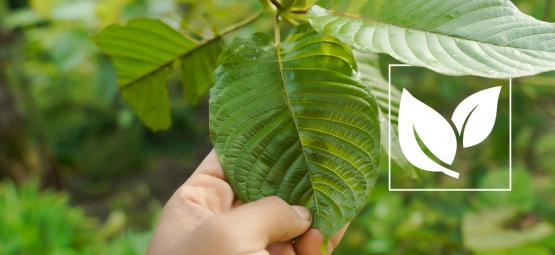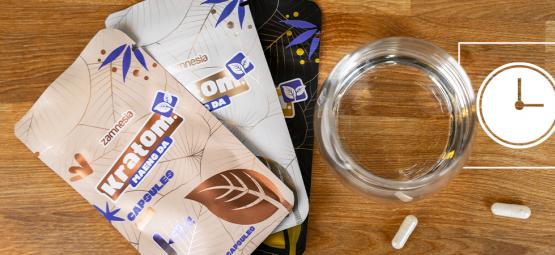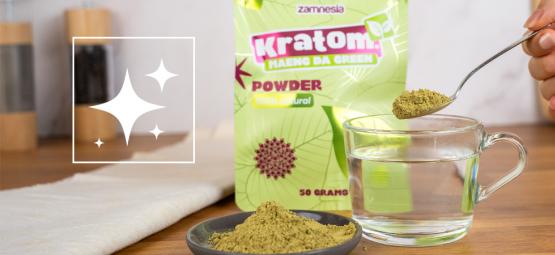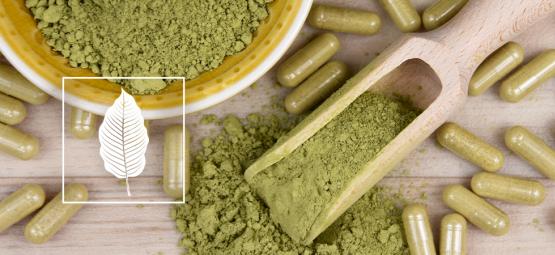The different types of kratom products explained
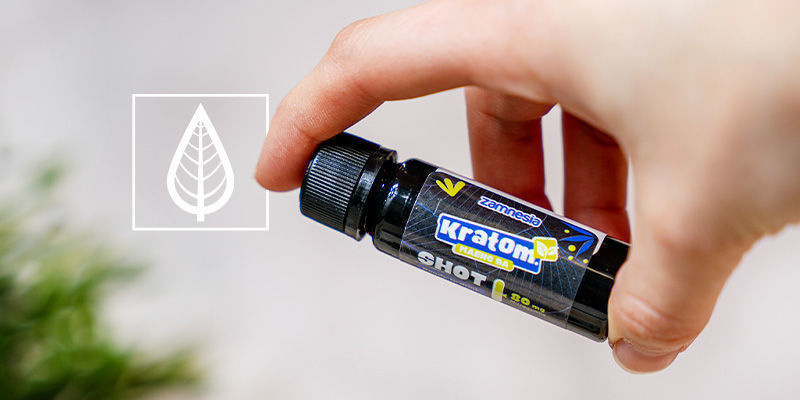
Unlock the potential of Mitragyna speciosa with our exploration of kratom products. Discover how to integrate powders, extracts, capsules, and other forms of kratom into your daily life. Whether you're new to kratom or a seasoned enthusiast, this guide will help you navigate the various options available.
There's no denying the popularity of kratom. With a variety of potential effects and benefits, many are utilising the Mitragyna speciosa plant to enhance their everyday lives. While traditionally the leaves were chewed to experience its effects, today there are many different kratom products and consumption methods available to suit all lifestyles. In this article, we address the different types of kratom products and how they can be harnessed.
What is kratom?
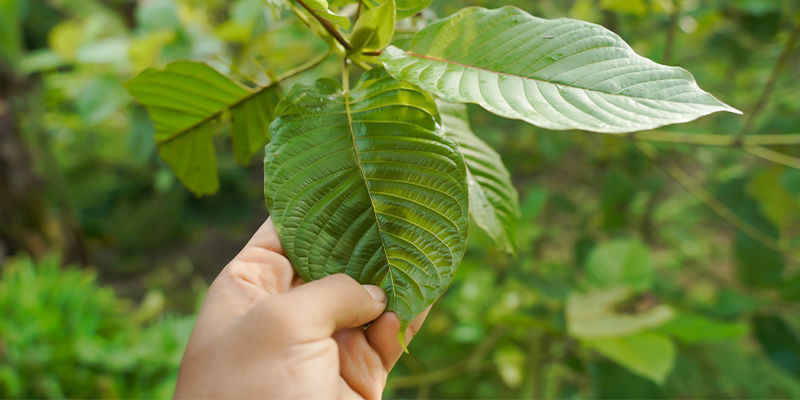
Kratom, otherwise known as Mitragyna speciosa, belongs to the same family as coffee. And much like coffee, kratom has the potential to provide stimulating and energising effects—at relatively low doses. In larger doses, however, kratom’s effects become substantially more relaxing and sleep-inducing.
There are numerous strains of kratom, all of which are native to Southeast Asia. The leaves of these plants are harvested and then made into various products or, more traditionally, brewed into tea or simply chewed.
Overview of kratom product types
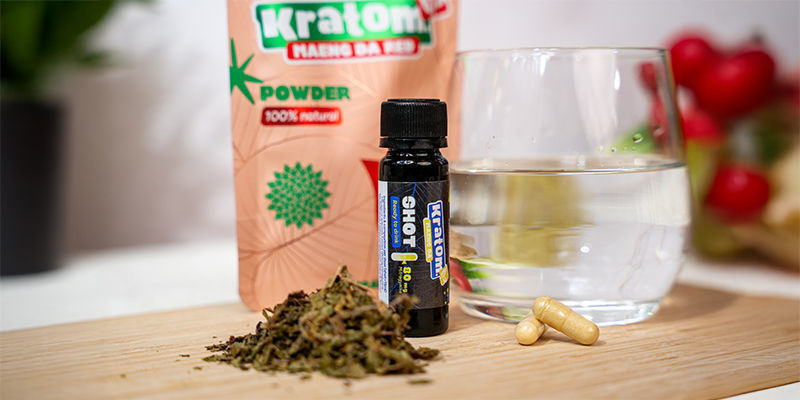
While the traditional methods of kratom consumption still have their rightful place, they might not be the most convenient way of experiencing the plant’s effects. That's why more accessible and versatile methods have been created so that everyone can have the opportunity to try kratom, regardless of their preferences or lifestyle. So, with that in mind, allow us to take you through the most popular kratom product types.
Kratom powder
As one of the most widely available forms of kratom, there's no better place to start than kratom powder. Kratom powder is made by grinding the dried leaves of Mitragyna speciosa, and it can be used in many different ways, meaning it’s also one of the most versatile products. As the flavour of kratom is pretty bitter due to high levels of the desired alkaloids, many add a dose of kratom powder to food and drinks, such as smoothies.
However, if you're feeling up to it, you can always take a spoonful of powder and wash it down. Simply put, kratom powder is highly adaptable and the go-to for many kratom enthusiasts.
Kratom extract
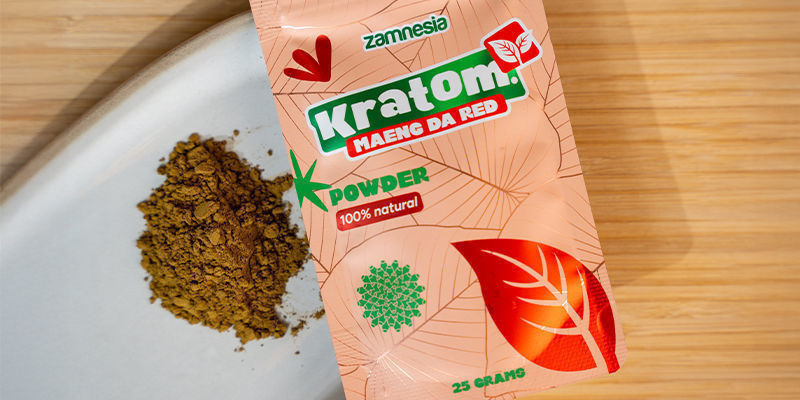
Similar to powder, kratom extract derives from the dried leaves of the plant and is created through state-of-the-art extraction processes. This powder is then combined with a bit of alcohol to create a liquid extract. Available in varying levels of potency, kratom extracts are used in a similar fashion to powder and can be added to food and drink. It's even possible to purchase kratom extracts that have been enhanced with different flavours or additional ingredients such as lemongrass and kanna.
Shredded kratom
Shredded kratom leaves are another popular kratom product. Shredded kratom is chopped finely but chunkier in consistency than powder. Many use shredded kratom to brew a tea. This can be easily achieved by placing a dose of shredded kratom in a tea infuser and allowing it to steep in boiling water. Due to the bitter flavour associated with kratom, users often add honey or sugar to their tea to mask the taste.
Kratom tablets
If you're searching for a kratom solution that's effortless to slot into your daily life, consider picking up some kratom tablets. Made from powdered extracts, kratom tablets are pre-dosed and ready to go, making them an excellent option for those with busy lifestyles. These tablets can be taken in the morning with a meal to provide a burst of mental and physical energy when you need it most during your workday.
However, some also choose to buy microdoses of kratom featuring around 12 mg of mitragynine per tablet, allowing users to remain in control while experiencing subtle effects.
Kratom capsules
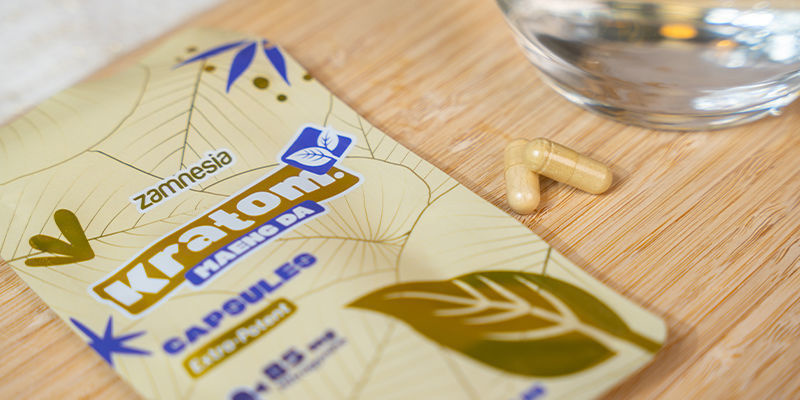
Staying with the theme of accessible and convenient kratom products, it should come as no surprise that kratom capsules also exist. Available in a range of predetermined doses from 45 mg to 95 mg per capsule, these amounts clue the user into the kind of kratom experience they can expect.
Kratom capsules are made from powdered extracts of a chosen species of Mitragyna speciosa, and require nothing other than a glass of water to wash them down. Of course, users can create their own capsules using powder and a capsule maker, but those looking for a ready-to-go solution can opt for premade capsules.
Kratom tinctures
Much like mushrooms, tinctures make for an easy way to introduce some kratom into your life, and each 15 ml bottle comes complete with a pipette to ensure accurate dosing. It's then just a case of putting a droplet into your favourite beverage and drinking it.
Kratom tinctures are also easy to take on the go. So, if you're travelling for work, on holiday, or simply visiting friends, this could be a great choice if you want a convenient yet subtle kratom option.
Kratom shots
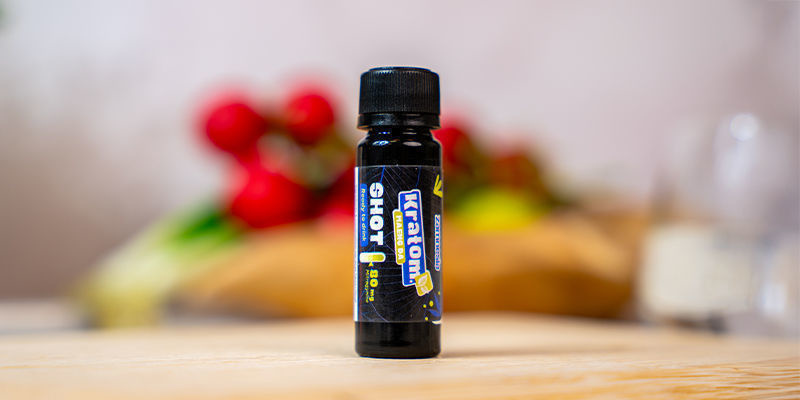
As arguably the most straightforward product to consume on our list, kratom shots are very similar to any other juice shot you might find in your local supermarket. Each 15 ml bottle is packed full of 80 mg of mitragynine alongside some lemon juice to take the bitter edge off, and is ready to use immediately.
Simply unscrew the cap and drink the shot—it really couldn't be easier. Whether you're looking for an early-morning boost or a mid-afternoon pick-me-up, kratom shots are simple and versatile!
Comparing different kratom products
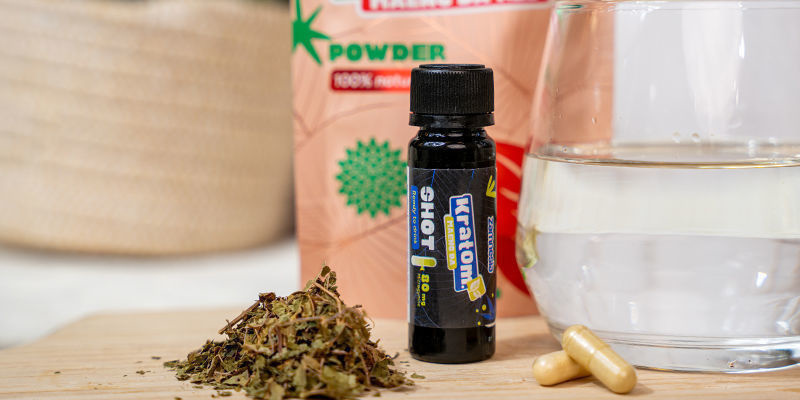
Now that you're acquainted with the many different kratom products available today, how do they stack up against one another? As you might imagine, the answer to this question is very complex.
All of the above-mentioned kratom products have valid uses and may appeal more to certain users for different reasons. Of course, for those looking to microdose, low-dose tablets would be more suitable than downing a potent kratom shot. And for those who want to avoid the plant’s bitter taste, capsules are more desirable than chewing the leaves or drinking the powder in a tea. Ultimately, it comes down to your preferences and lifestyle.
All that said, it is important to source kratom products from high-quality retailers, as poor-quality products can contain unwanted ingredients or contaminants, or inaccurate dosing information.
Tips for choosing the right kratom product
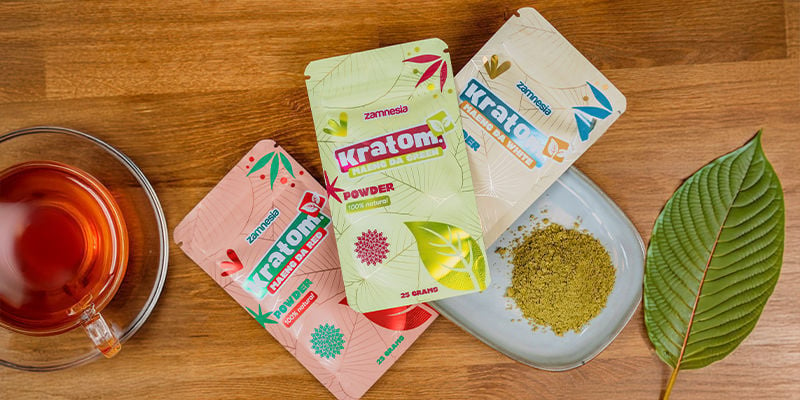
This brings us to our next hot topic: how do you go about choosing the right kratom product? Again, this comes down to your level of experience and what you're looking to get out of consuming kratom. Those starting out may wish to opt for kratom powder as a means of fine-tuning their dose, and for its ability to be added to food and drink with ease.
However, if you're more experienced, you can always go for more potent products like kratom shots, or you can experiment with the traditional method of chewing the shredded leaves. The choice really is up to you; all we would recommend is doing some research before trying kratom so you can manage your expectations and gain a little insight into what taking kratom entails.
The evolving landscape of kratom products
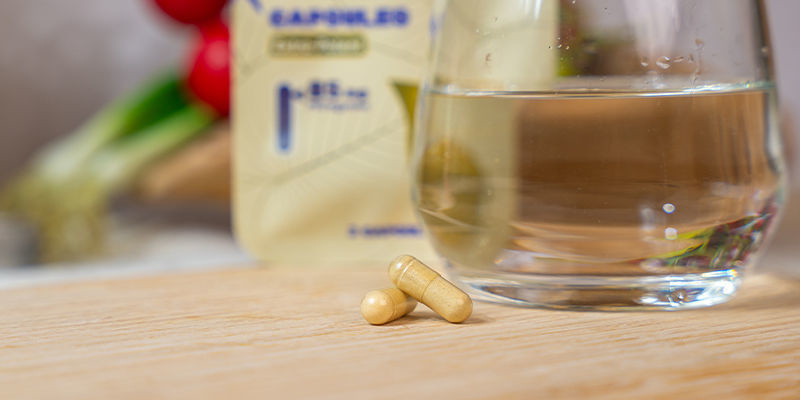
There you have it: a variety of kratom products that are sure to deliver an outstanding experience to all who partake. As you can tell, the consumption methods and forms of kratom have changed considerably in recent times, and we can only anticipate things becoming even more streamlined, versatile, and convenient in the near future.
There's really no telling how the leaves of this massively popular plant will be harnessed. In the meantime, if you're looking to check out kratom for yourself, head to the Zamnesia store and get your pick of all things Mitragyna speciosa right now.
You might also like











 United States
United States

